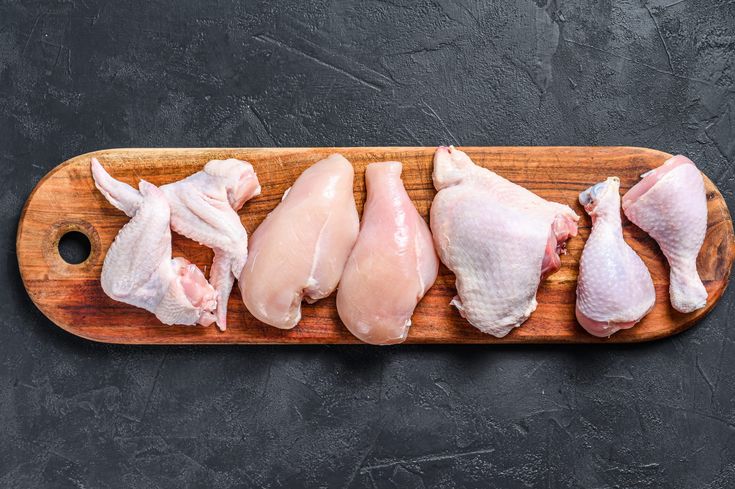
Chicken is one of the most popular proteins worldwide, and most people grew up eating pretty much every part of the bird without giving it much thought. After some Food research it has been discovered that not all parts of the chicken are created equal when it comes to health and safety.
Some chicken parts can actually expose you to harmful bacteria, excessive amounts of unhealthy fats, and even toxins that could make you seriously ill. If you’re someone who loves trying different cuts of chicken or you’re just curious about which parts are safe to eat, this information could literally save you from food poisoning or worse. And knowing which parts to avoid can help you make safer, healthier choices for you and your family.
Why Some Chicken Parts Are Riskier Than Others
It’s important to understand why certain areas of the chicken pose higher health risks. Different parts of the bird have different functions, and some naturally accumulate more bacteria, toxins, or unhealthy compounds than others.
The chicken’s anatomy plays a big role here. Organs that filter toxins, areas that come into contact with waste, and parts with complex structures that are hard to clean properly all present higher risks for contamination and health issues.
5 Chicken Parts You Should Never Eat
1. Chicken Kidneys
This might surprise you since kidneys are considered delicacies in some cultures, but chicken kidneys are actually pretty risky to eat. These small, dark red organs are responsible for filtering waste and toxins from the chicken’s blood, which means they can accumulate harmful substances.
Chicken kidneys are also extremely difficult to clean properly, and they’re often contaminated with bacteria like Salmonella and E. coli. Even when cooked, they can retain toxins that were filtered from the chicken’s system, potentially causing digestive issues or worse.
2. The Pope’s Nose (Chicken’s Rear End)
I know some people consider this part a delicacy, but the chicken’s tail end is basically where all the waste exits the bird. This area is extremely difficult to clean thoroughly and is a major hotspot for dangerous bacteria like Campylobacter, Salmonella, and E. coli.
Even with thorough cooking, the complex structure of this area makes it nearly impossible to eliminate all bacterial contamination. The risk of food poisoning from eating this part is significantly higher than other chicken cuts.
Plus, this area tends to be very fatty and doesn’t offer much nutritional value compared to safer parts of the chicken.
3. Chicken Lungs
Chicken lungs are another organ that many people don’t realize can be dangerous to consume. These spongy organs are designed to filter air, which means they can accumulate airborne toxins, pollutants, and bacteria from the environment where the chicken lived.
Factory-farmed chickens especially may have lungs contaminated with dust, chemicals, and other airborne pollutants from their living conditions. These toxins don’t necessarily cook out, so eating chicken lungs could expose you to these harmful substances.
The texture is also pretty unappetizing for most people, and the nutritional benefits don’t outweigh the potential risks.
4. Chicken Head and Brain
While chicken heads are eaten in some parts of the world, they pose several health risks that make them worth avoiding. The brain tissue can potentially harbor prions – misfolded proteins that cause serious neurological diseases, though this is rare in chickens.
More commonly, chicken heads are difficult to clean properly and often contain high levels of bacteria. The skull structure makes thorough cleaning nearly impossible, and the brain tissue can spoil quickly, leading to dangerous bacterial growth.
Additionally, if the chicken was exposed to environmental toxins or certain diseases, these can concentrate in brain tissue, making it riskier to consume than muscle meat.
5. Chicken Feet (When Not Properly Processed)
Improperly cooked chicken feet can be extremely risky because they come into direct contact with the ground and chicken waste.
The problem arises when chicken feet aren’t thoroughly cleaned and processed correctly. They can harbor dangerous bacteria, parasites, and other contaminants that can cause serious foodborne illness. The many joints and crevices in chicken feet make them particularly hard to clean properly.
If you do want to eat chicken feet, make sure they’re from a reputable source and have been properly processed and cleaned before cooking.

